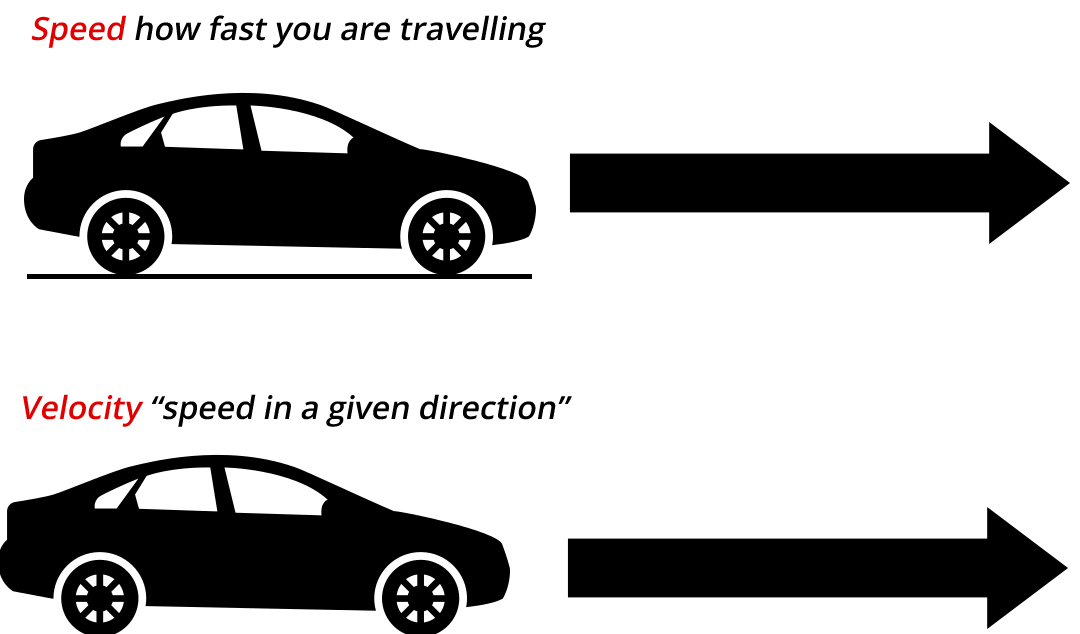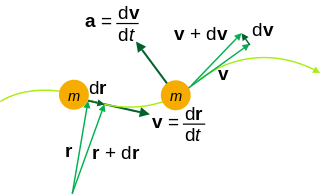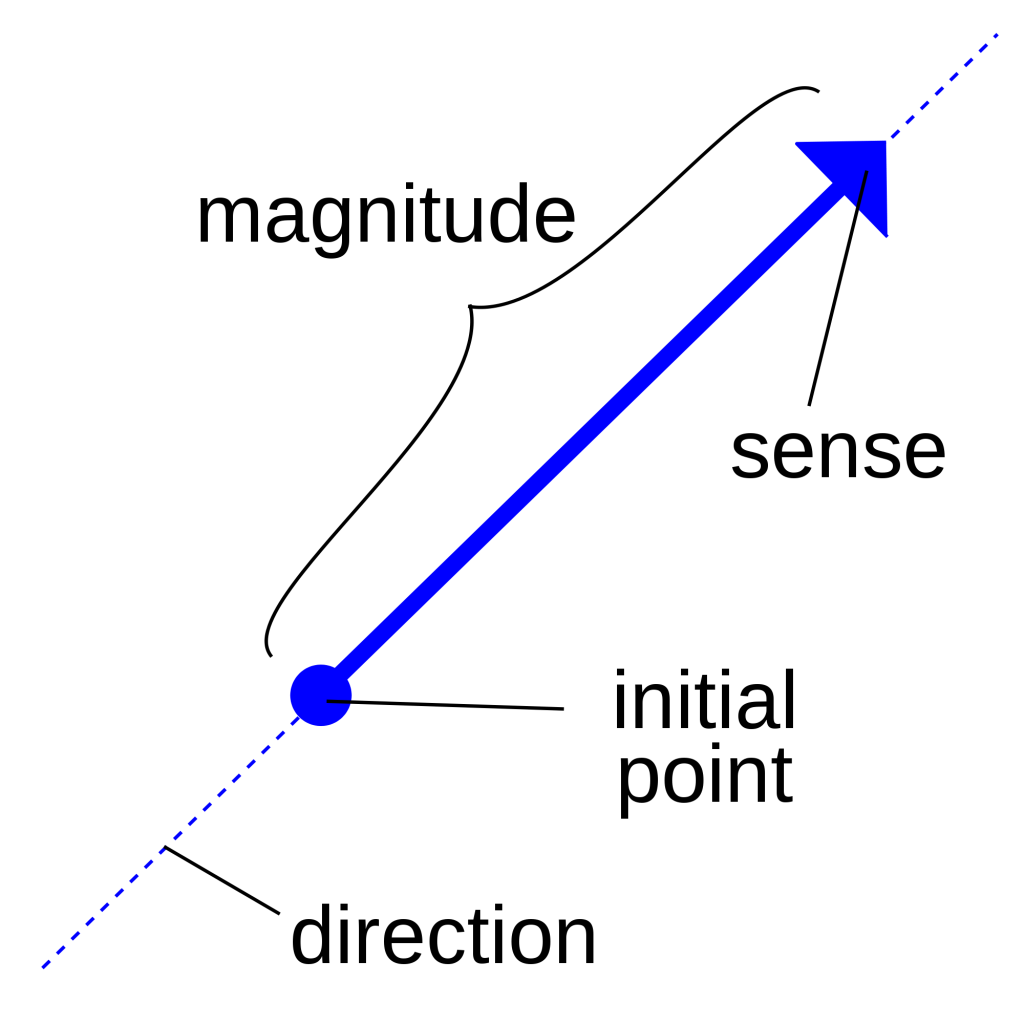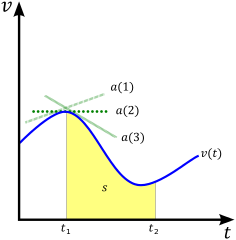Speed and Velocity
Although most people speak of speed and velocity as the same thing, they have distinct and different meanings.

Speed is scalar
Speed relates to how fast something is moving and how fast it moves over a distance. For example, something moving very fast, like a train, can cover a large distance in a short time.
Something moving slowly, like a walking man, will travel a very short distance in the same amount of time. An object that is not moving has zero speed.

Velocity is a vector
Velocity is the rate which an object changes its position. If something is moving back and forth and always returns to its original position, it has speed but zero velocity because it doesn’t change position.
If a man is hopping from one foot to the other as fast as he can but remains in one spot, he has speed but zero velocity.
In order for an object to have velocity, every step must go farther away from its starting point.

So, the difference between speed and velocity is that speed is only how fast something is moving and velocity is how fast something is moving AND the direction.
If you want to describe an object’s velocity, you mention the speed; e.g. 30 mph, and the direction of say north, or to the right (just two examples).
It is easy to determine the direction of a velocity vector. It doesn’t matter if the speed is increasing or decreasing or where the object is going, as long as there is a way you can describe where it is headed.
It could be north, south, east, west or any direction in between.
It could be sideways to the right or sideways to the left, downward or upward, or any angle to the ground.

Determining Average Speed
When something moves, it doesn’t always stay at the same speed.
When you travel by car to the mall, the car has to change speed sometimes – stopping for lights, stopping for pedestrians, travelling behind a slow-moving car, etc.
So you have to slow down sometimes, speed up sometimes, and make some stops along the way.
In order to calculate the average speed, we use this formula:
Average Speed = Distance travelled ÷ Time
There are 3 variables in the formula: Average Speed, Distance and Time and as long as you know 2 of the numbers, you can calculate the other one.
For example, the distance to the mall is 15 miles, and the time it took you to get to the mall was 0.5 hours. So, to get the average speed you divide the miles by the hours: 15 ÷ 0.5 = 30 mph.
You can use miles per hour, feet per second, meters per second, kilometers per hour – this will give you average speed.

Determining Velocity
The definition of velocity is the rate of change in something’s position. It has speed and direction. The standard used to describe velocity is meters per second or m/s.
In order to calculate velocity, we use this formula:
Velocity = change in distance ÷ change in time.

Some Quick Facts:
Galileo was the first person to try to measure speed of light.
The speed of light is 186,282 miles per second.
The speed of sound is 343.2 meters per second.

Questions
- What is the one thing that makes speed and velocity different?
- What is the definition of speed?
- What would have zero speed?
- What is the formula to find speed?
- How is velocity usually expressed?

Answers:
- Velocity has direction.
- Speed is how fast something is moving.
- Something that is not moving has zero speed.
- Speed = Distance ÷ Time
- Velocity is expressed as meters per second or m/s.
Also Read:
